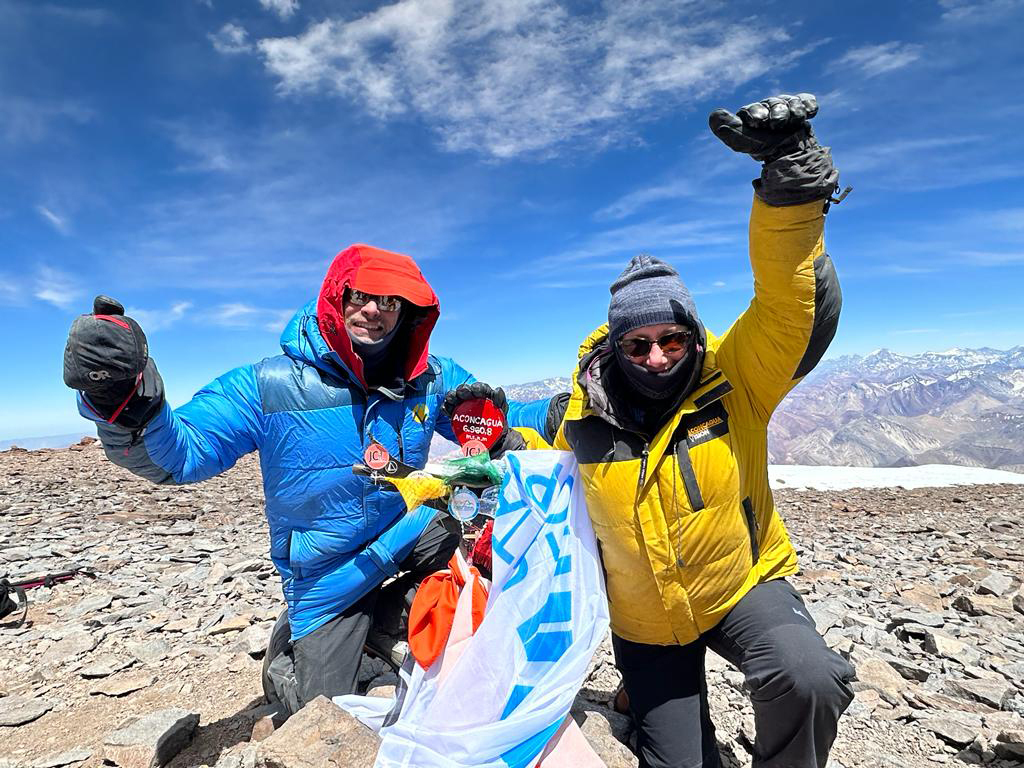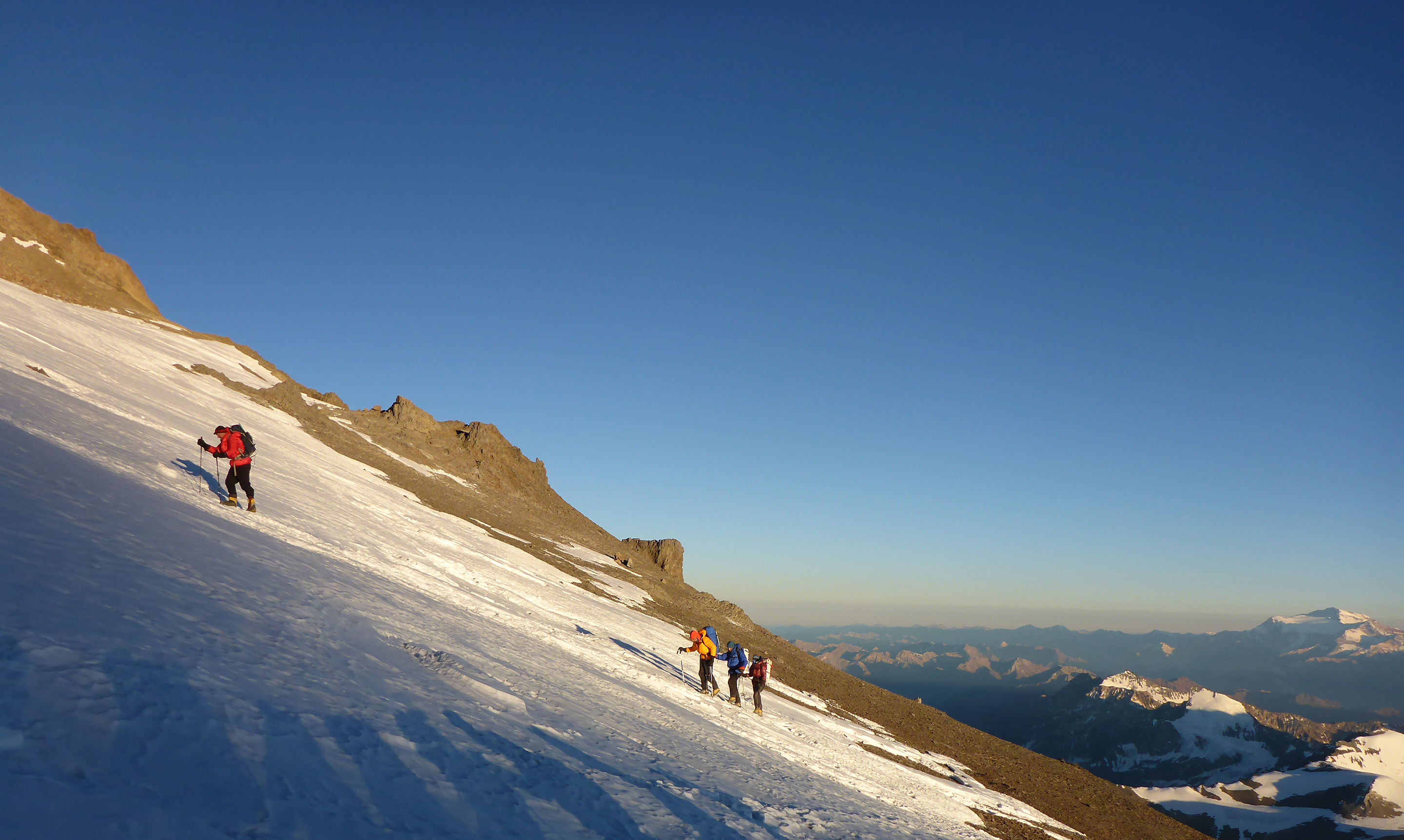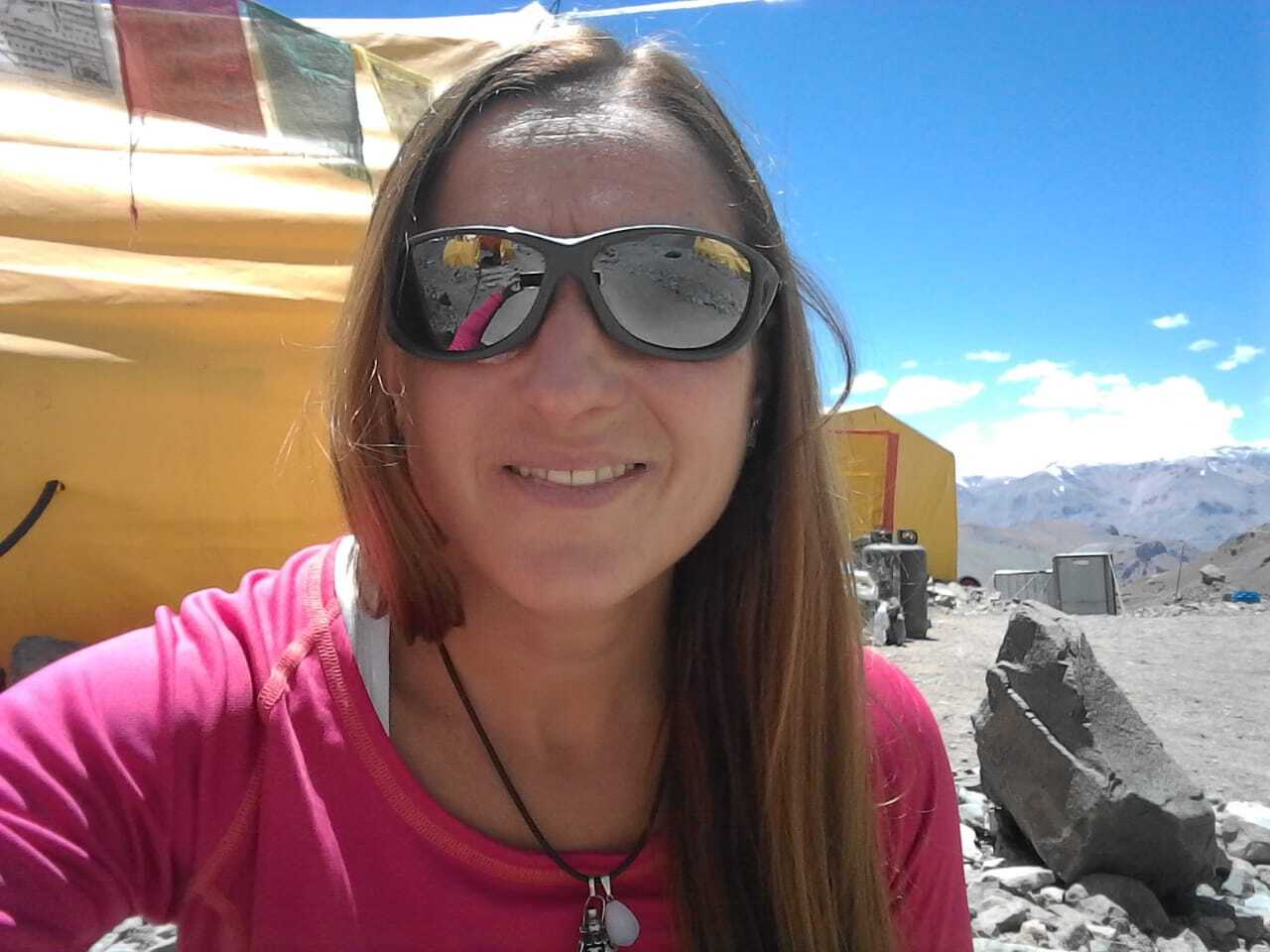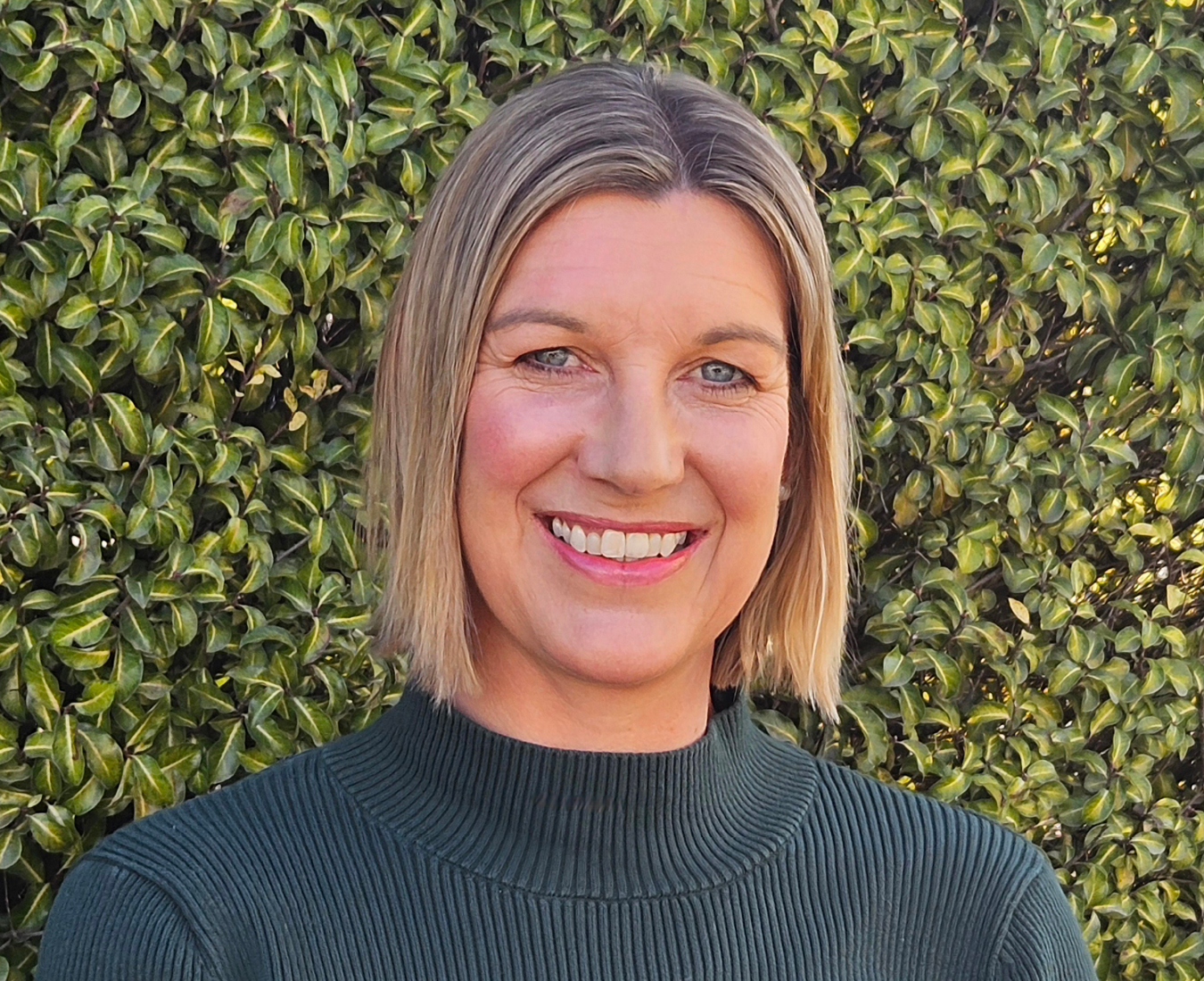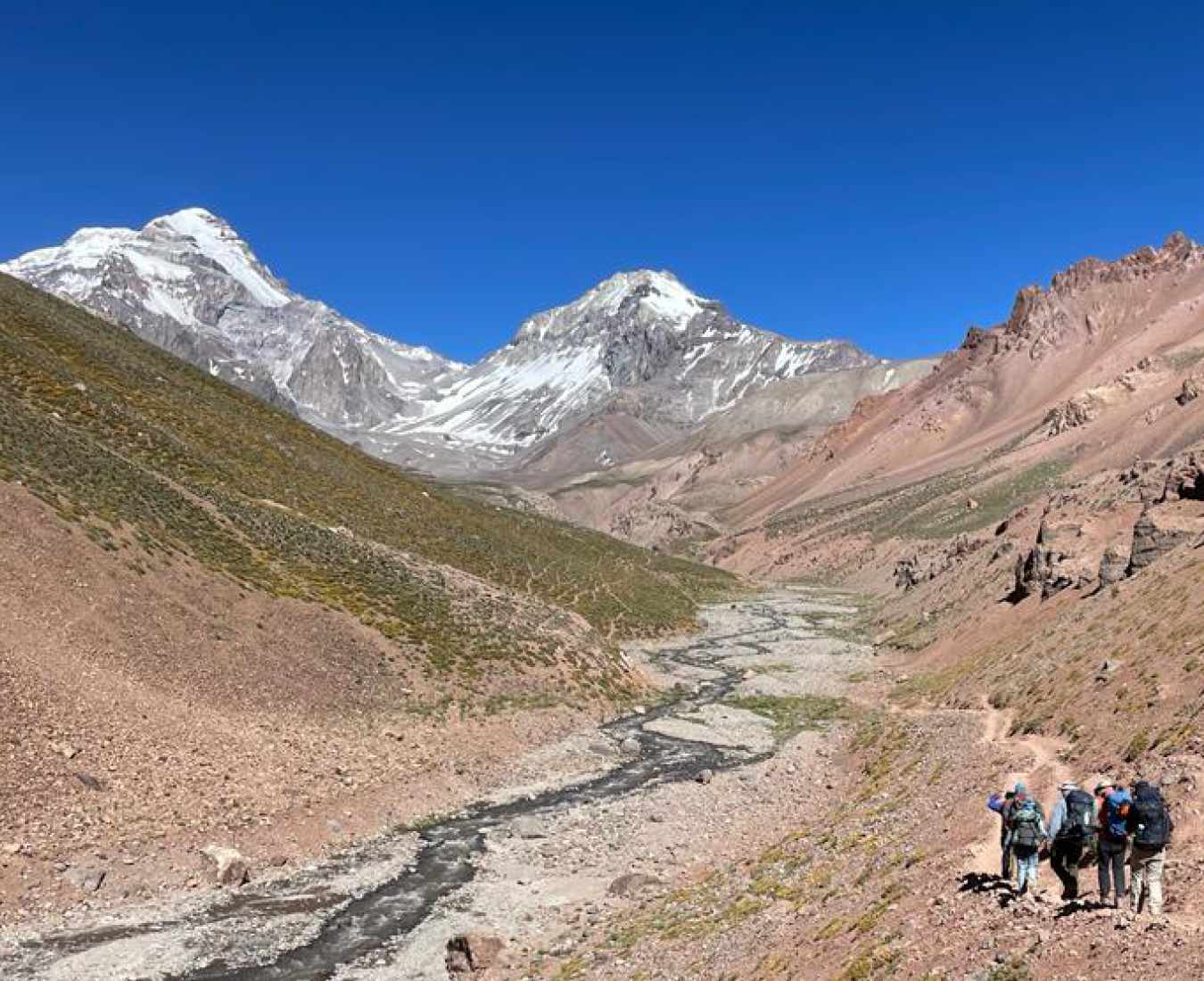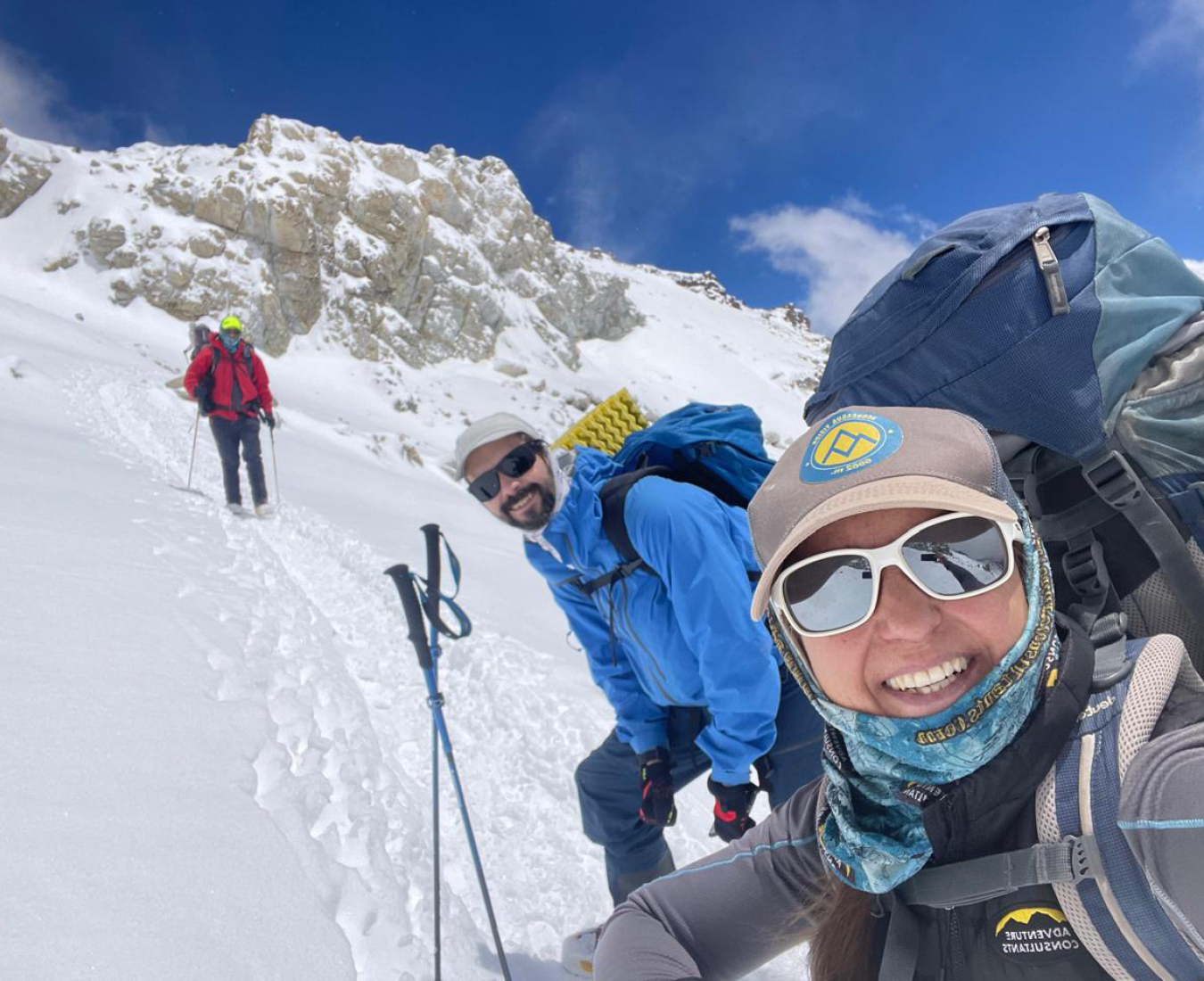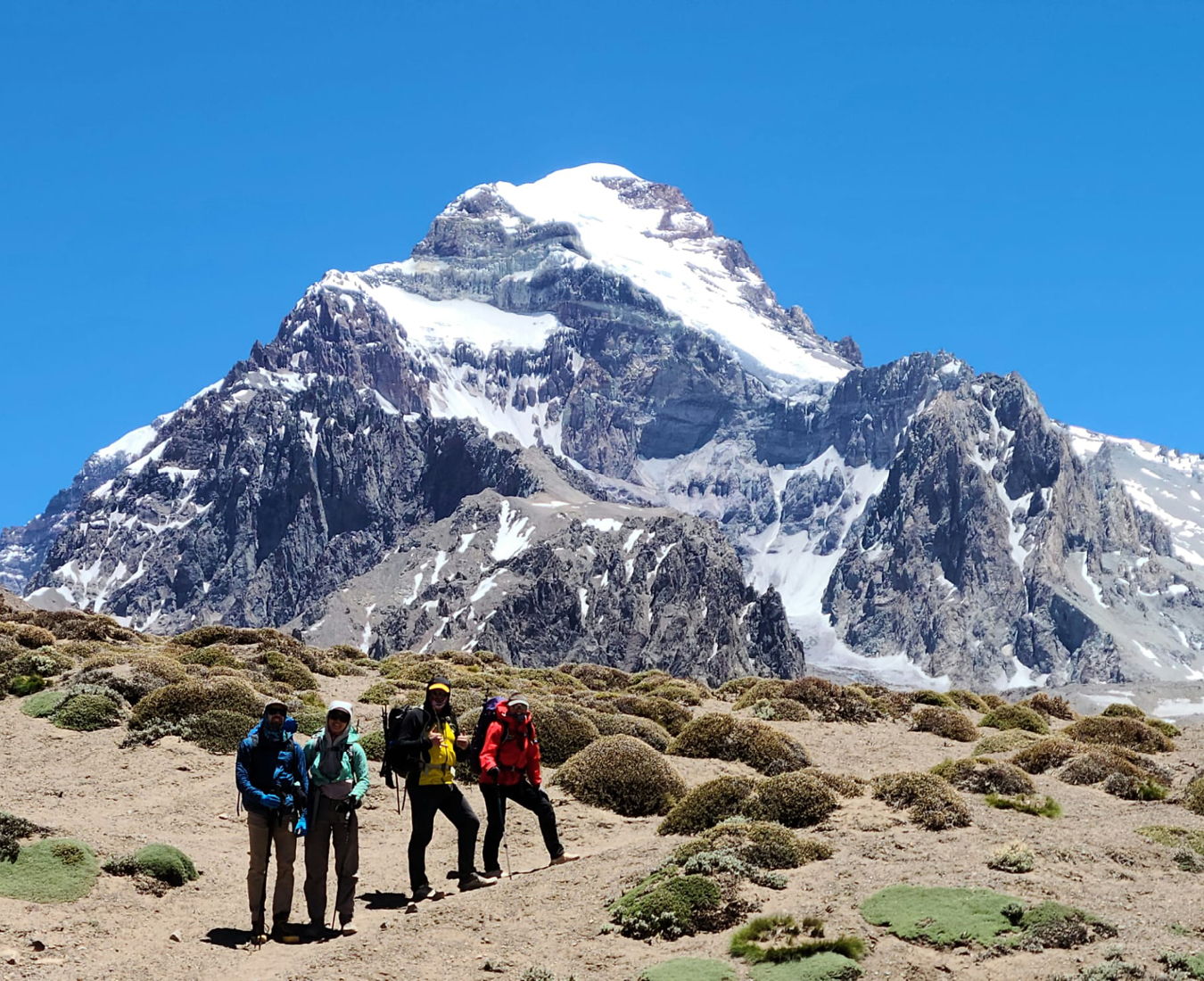The need for exceptional physical fitness cannot be over-emphasised. A regular, strenuous programme must be followed for many months to achieve the level of fitness required. We suggest a programme tailored to mountaineering such as those from the Uphill Athlete.
Aconcagua, “The Sentinel of Stone” is the highest peak outside of the Himalaya. Located in Western Argentina - the heart of the Central Andes, it is South America’s highest peak and one of the much sought after Seven Summits.
While it is a very physical climb, it is one of the more achievable Seven Summits. An ascent of this eminent Andean Peak is a perfect choice for those wishing to experience high-altitude expedition mountaineering and is often undertaken as a preparation climb for the big mountains in the Himalaya. The lessons gained about how you perform and the skills taught by the guides will establish robust guidelines for any future aspirations you have at high altitude.
Adventure Consultants offers high-quality expeditions to Aconcagua and we achieve a superior success rate due to our logistical approach and our understanding of acclimatisation techniques for climbing at high altitude. We have factored in the ideal number of days for the trip to encourage adequate acclimatisation and a realistic timeframe to achieve summit success. Our guides are seasoned veterans who are focused on encouraging you to achieve maximum satisfaction and learning from this ascent.
We climb Aconcagua via the 360° traverse route as it is less visited and features the best campsites. By traversing Aconcagua you will also get to see both sides of the mountain and complete a circular journey.
- The scenic 360° route traverses the mountain
- Ideal preparation for Himalayan high-altitude climbing
- Porter support included
- Realistic proven timeframe for the ascent and acclimatisation through better leadership and logistics
Climbing Ability
Climbing Ability
Intermediate
Elevation
Elevation
6,962m/22,841ft
Duration
Duration
19 days
Location
Location
Argentina
Arrive into Mendoza this morning or the day prior
Complete permitting process and drive to Puente del Inca 2,740m/8,990ft, overnight
Trek to Pampa de Leñas 2,950m/9,680ft
Trek to Casa de Piedra 3,250m/10,650ft
Trek to Plaza Argentina Base Camp 4,200m/13,800ft
Rest day / Trek to Cerro Colorado 4,724m/15,499ft
| Carry to Camp 1 4,950m/16,250ft |
Rest day
Climb to Camp 1
Carry to Camp 2 5,500m/18,000ft
Climb to Camp 2
Carry to Camp 3 'Colera Camp' 6,000m/19,700ft
Climb to Camp 3 'Colera Camp'
Summit day 6,962m/22,841ft
Contingency days
Descend to Plaza de Mulas Base Camp 4,300m/14,100ft
Trek to Puente del Inca and drive to Mendoza
| Depart for home |
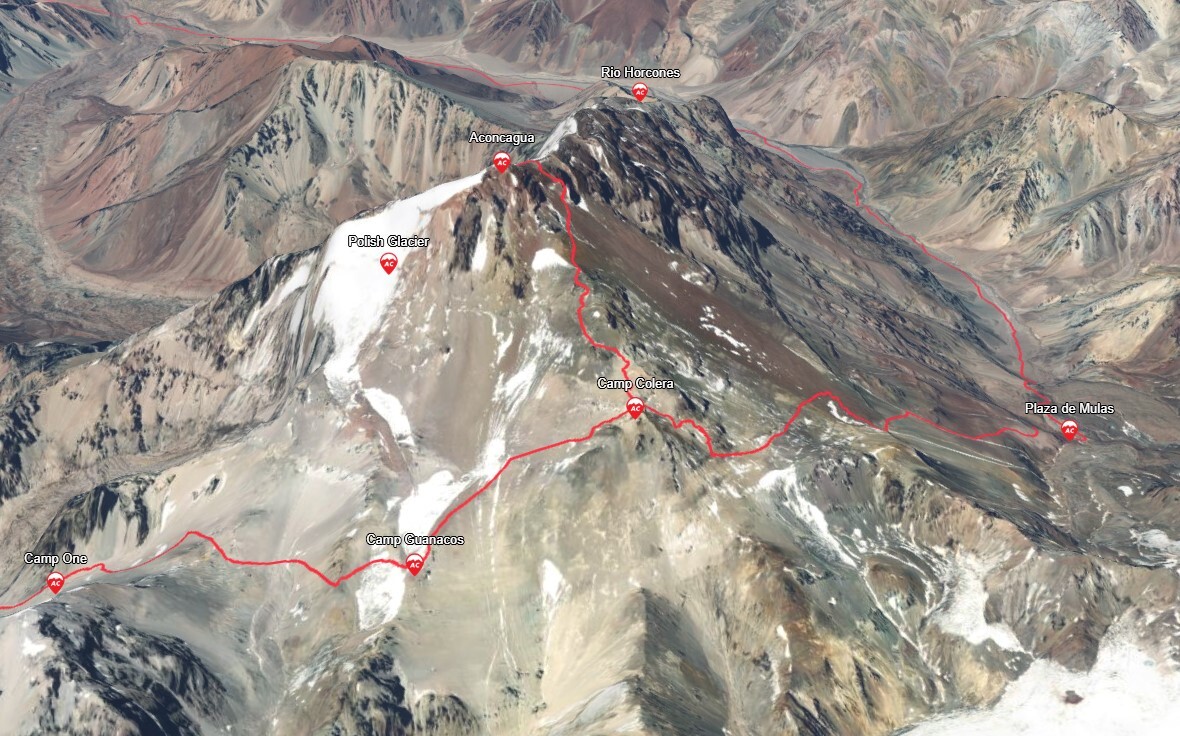
Departures and Pricing
Looking for a specific date? Book a private expedition
PREPARE
Each team member should have knowledge of how to use an ice axe and crampons, be familiar with carrying a heavy pack (up to 25kg) and camping in a cold environment.
You should have prior experience climbing or trekking up to 5500m, for example Kilimanjaro, Ecuador Volcanoes, Everest Base Camp, Nepal 6000m Peaks, Elbrus.
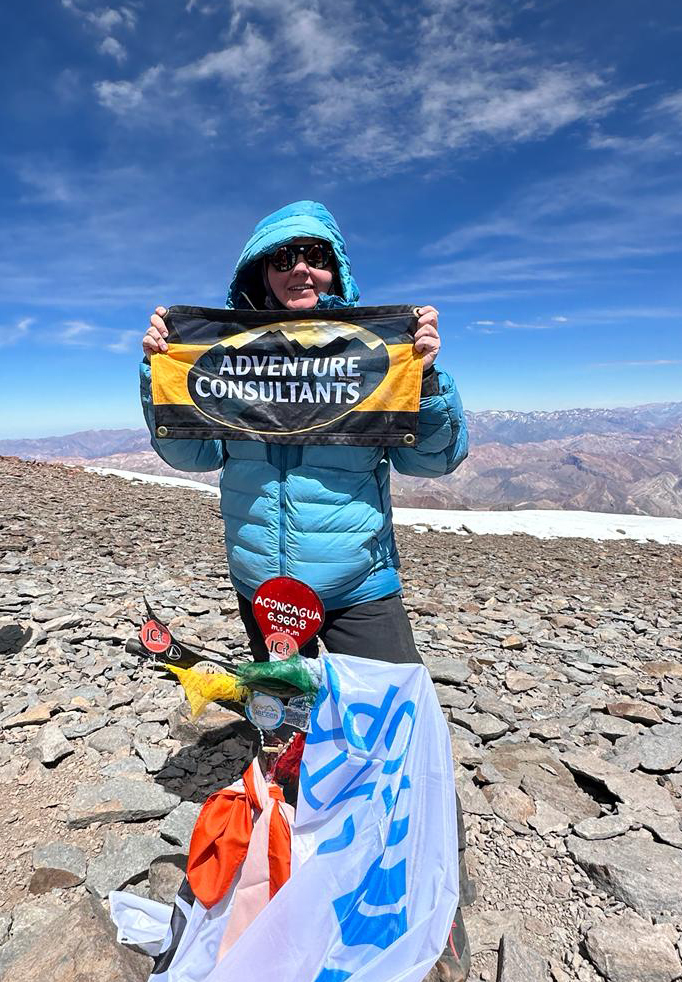
The Adventure Consultants Aconcagua expedition provides the very best opportunity for you to climb this lofty mountain in an environment that is properly managed to give you the best chance to succeed in safety and relative comfort. You will benefit from our many years of experience on this and other high mountains across the globe and our very qualified guides will offer you an experience that is not being offered by any other expedition provider on Aconcagua.
We have refined our program over the years developing what we believe is the best acclimatisation strategy and the most appropriate climbing route with the least people on it. We have more days available than most programs that often fail due to bad weather on the only available summit day. Our climbing route traverses over the mountain making best use of the time available and allowing for a faster exit via the shorter Horcones Valley whilst giving us the opportunity to appreciate the relative remoteness of the Vacas Valley on the approach.
Unlike the majority of the operators on Aconcagua, we provide a client-focused expedition that is geared towards giving you the maximum opportunity at succeeding on this peak. Our success rate is an indication of the emphasis we place on your wellbeing and a successful outcome for you. We believe the ascent should be made in the best style possible, a philosophy that has seen us help our expedition members achieve many successful ascents and promoted our reputation in the arena of high altitude expedition guiding.
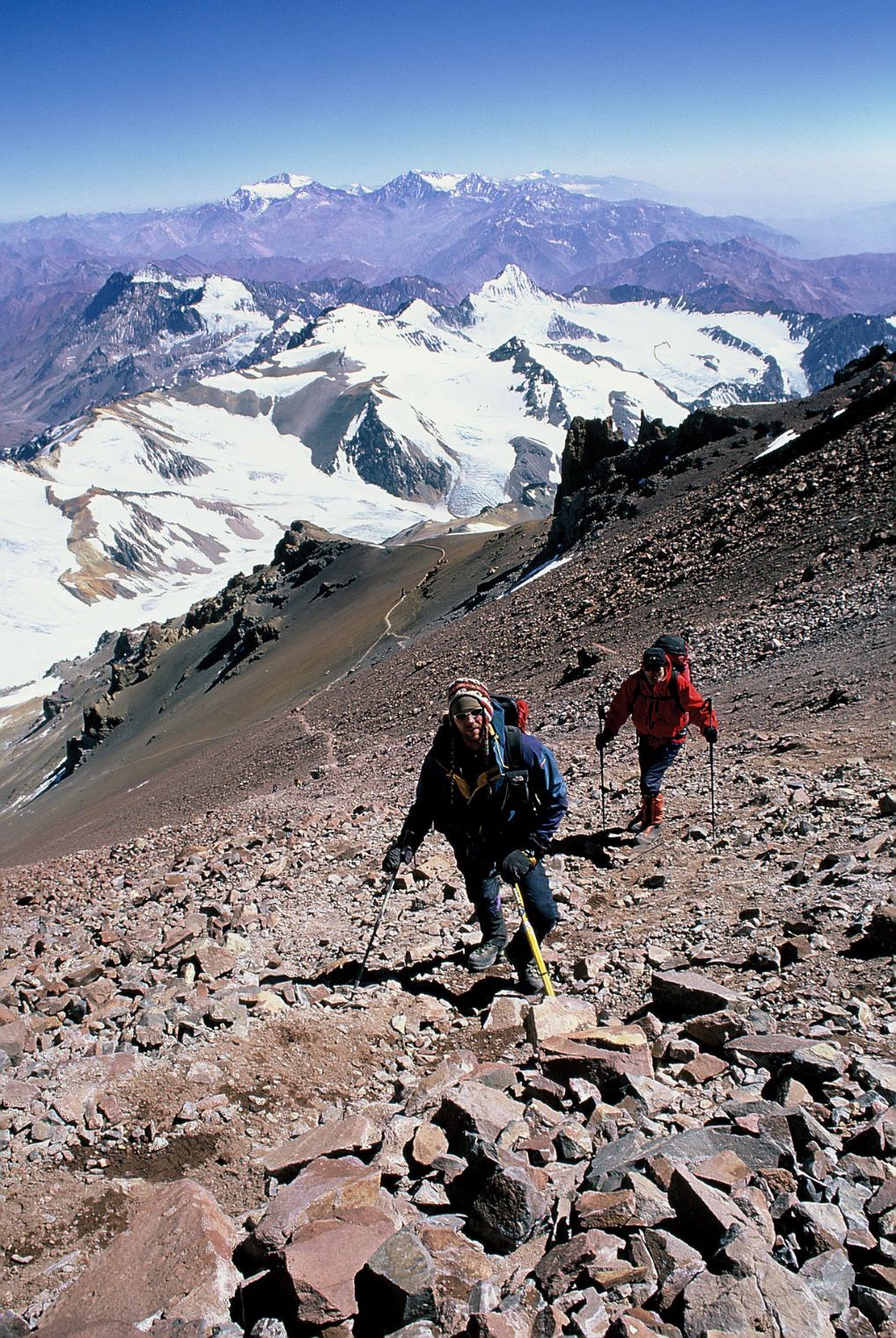
The price of your trip includes the following:
- Professional, qualified guides
- High-end Base Camp and mountain camps
- Excellent food and catering
- Expert logistics
- Porter support for all group equipment and waste
- Comprehensive support from our New Zealand office team.
